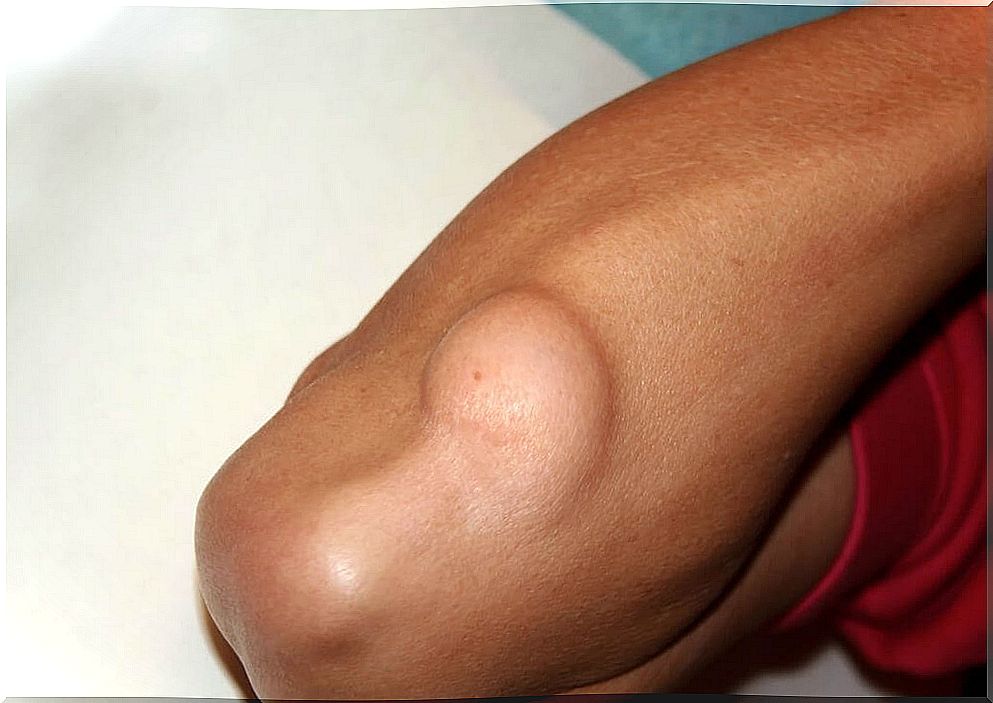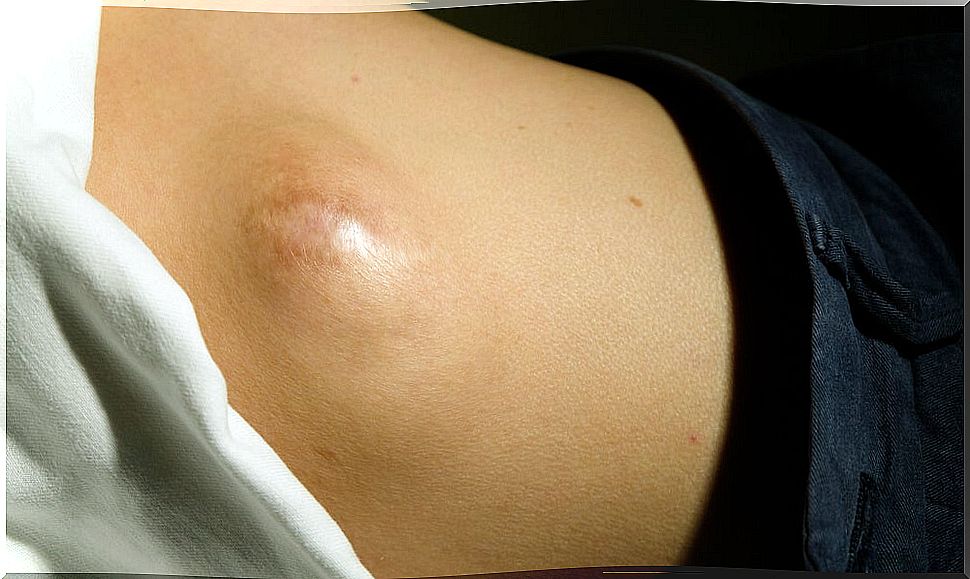What Is A Liposarcoma?
To explain what a liposarcoma is, we will first start by explaining what a lipoma is. A lipoma is a lump that is made up of fat cells that usually appears between the skin layer and the muscle layer.
It usually forms in the areas under the skin of the shoulders, back or neck. There are situations in which lipomas are in different parts of the body, a situation called lipomatosis.
A lipoma feels doughy and is usually painless, moving easily when pressed with your fingers. Being a lump, people can mistake it for cancer, however, a lipoma is not cancer and is usually harmless and usually does not need treatment.
There are situations in which this lump is bothersome, painful and grows. In this situation it is recommended to undergo an operation and remove it. Although the most normal thing is that lipomas do not evolve into a malignant tumor, there are times when this does occur. When the lipoma is malignant it is called liposarcoma.
Therefore, a malignant liposarcoma or lipoma is a type of cancer that most often develops in fat cells. It is the strongest soft tissue sarcoma and most often develops in people 50 to 70 years of age.
Type of malignant liposarcomas or lipomas
The cause for which this type of cancer develops is not known exactly. What is believed is that it is linked to a genetic cause. When liposarcoma develops it can be a high-grade or low-grade tumor.
Low-grade malignant lipomas are those that grow slowly and do not spread to other areas of the body. As for high-grade tumors, they are larger and if they spread normally to other cells.

The type of liposarcoma that will develop will depend on the type of cells that mutate and develop the tumor. With this we have the following types of malignant lipomas:
- Well differentiated. It is the most common type. It is a tumor that is made up almost entirely of adipose tissue cells.
- Myxoid. After well-differentiated liposarcoma, it is the second most common. This type of tumor is usually located in the muscles of the leg.
- Undifferentiated. It is formed by a fatty tumor and another without fat. The fatty part corresponds to a well differentiated tumor and the one without fat is a tumor of cells found in the bones, muscles or in the skin tissue. It usually grows back if it has been removed and can spread to other areas of the body.
- Mixed. It is a tumor that is made up of more than one type of liposarcoma and usually grows in the abdomen.
- Pleomorphic. It is a rare type of tumor. They usually appear in the muscles of the leg and have little or no fat.
Signs and symptoms
As has been said, liposarcomas are usually tumors that are painless and are normally slow growing. However, there are situations in which the tumor grows and can put some pressure on the nerves and blood vessels, triggering a painful situation.
Depending on the area where the tumor is, the symptoms will be different. Among them we can observe (if the tumor is located in an extremity) a reduction in its mobility.
In addition, the patient may experience pain and inflammation in the area where the tumor is located, pain in the chest and in the abdomen. Other characteristic symptoms of these tumors are:
- Constipation or diarrhea
- Bleeding in the stool
- Difficulty urinating and swallowing.
- Weightloss.
- Coughing and difficulty speaking and breathing.

How is a malignant lipoma diagnosed?
The first thing to do is a superficial palpation of the tumor. If it were a benign lipoma, in general, it would not require a special examination, since the general practitioner or dermatologist will be able to differentiate it by touch and sight.
In the event that its diagnosis is in doubt, different techniques could be performed. First, there is the readiography. This technique is used to take a picture of the tumor and the area around it. The x-ray shows whether the tumor has damaged the bones and whether it has spread to the lungs.
Computed tomography, also known as CT, is another technique used in the diagnosis of a malignant lipoma. It is a special x-ray machine that can be given dyes before taking the pictures to make it easier for doctors to see the images better.
Another technique used is magnetic resonance imaging. This machine uses strong magnets and a computer to take pictures of the tumor and the area around it.
In addition, there is the positron emission tomography, which also serves to see if the patient has cancer and if it has spread. A dye is injected into a vein to help cells show up more clearly.

Finally, there is the biopsy, in which the doctor removes a small amount of tissue from the tumor for examination. With the examination it is possible to show if the tumor is finally a malignant lipoma and what type it is.
Liposarcoma treatment
To treat liposarcomas we have the following procedures:
- Chemotherapy. This medication aims to kill the cells that make up the tumor, the cancer cells. It is often used to shrink the tumor before surgery. It can also be given later to kill any cancer cells that may remain.
- Radiotherapy. It uses high-frequency radio waves to kill the cells it targets. It is usually combined with other techniques, such as tumor resection.
The important thing is that if you have this condition, go immediately to a specialist. This will know how to identify what type of lipoma you have and, in addition, will indicate the best treatment.









